GM Issues a 'Stop Sale' After Incorrect Fuel Economy Labels Found on Full-Size Crossovers

General Motors is in damage control mode following the discovery of incorrect fuel economy ratings on the window stickers of its 2016 full-size crossovers.
A “stop sale” order was issued to GM dealers on Wednesday after EPA labels on GMC Acadia, Chevrolet Traverse and Buick Enclave vehicles were shown to overstate mileage by one to two miles per gallon, Automotive News reports.
Nearly 60,000 vehicles are sidelined until replacement Monroney stickers arrive at dealerships between today and Tuesday.
There’s no evidence that points to intentional deception, but it’s a bad time for any automaker to face a misleading fuel economy controversy, given the scandal currently consuming Mitsubishi in its home country.
GM spokesman Tom Wilkinson told Automotive News that the mistake can be pinned on a faulty “data transmission,” adding that GM informed the Environmental Protection Agency as soon as the issue was discovered. The EPA has since requested all information pertaining to the issue.
A memo from GM to dealers stated an “inadvertent error” led to the wrong figures appearing on the labels.
The EPA rating for all-wheel-drive versions of the vehicles should be 15 mpg in the city, 22 highway, and 17 combined, but the incorrect labels added 2 mpg to each figure. Front-drive models added 1 mpg to the actual combined rating.
The issue is more than just bad optics for GM — it means tens of thousands of vehicles were bought under false assumptions, and those customers won’t see the gas mileage their window sticker promised.
To keep the peace, the automaker might have to reimburse customers for the difference in mileage, though for now, GM is notifying buyers and creating a plan to deal with any backlash. With the EPA still looking into how the figures made their way onto stickers, there’s no word yet on penalties.
Wilkinson said that unspecified changes made to the models for the 2016 model year required the printing of new EPA ratings.
[Image: General Motors]

More by Steph Willems
Latest Car Reviews
Read moreLatest Product Reviews
Read moreRecent Comments
- Redapple2 JK. said very little after Biden blew up NS2....... You saw through the BS. Good on yah bro.
- SCE to AUX Some kids had posters of a Countach on their walls, but this is the car I always wanted.I'm not up-to-date on the market, but although this car is very nice, I'd expect it to be perfect for the asking price.Great find!
- Tassos I live and die by the Tassos brand. Pickled garlic, salvaged bread, mayo stolen from cafeterias, horse meat and used diesel e-classes. I am very successful though.
- Tassos Good Used Classic Car. Price is right too.
- Fred Just as everyone agrees that Tesla chargers for everyone, he quits.



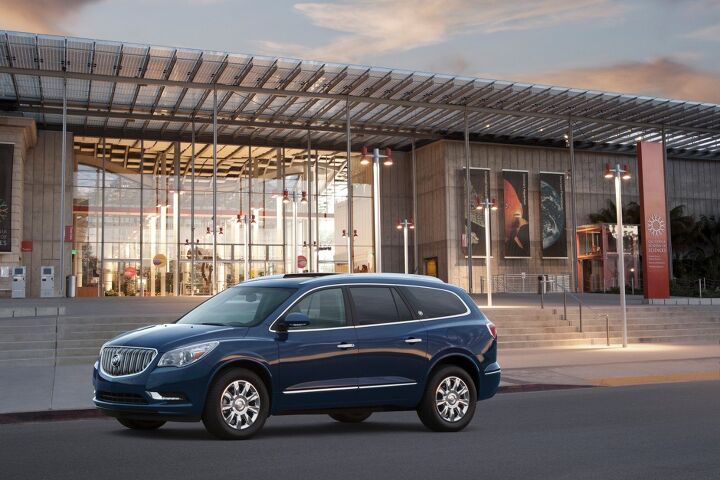













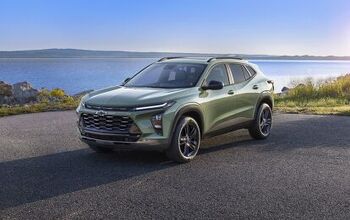


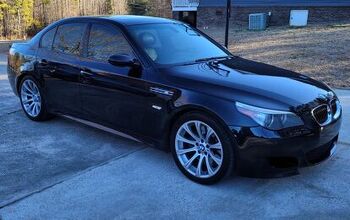
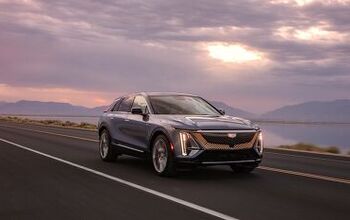



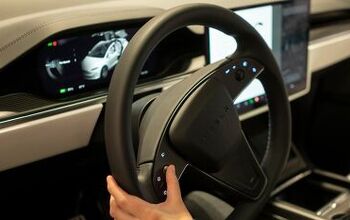

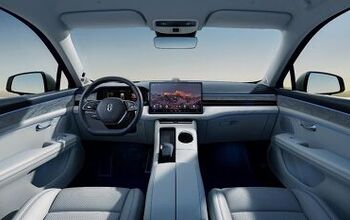

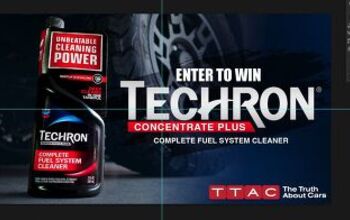
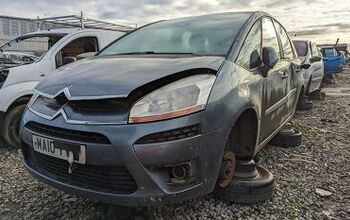
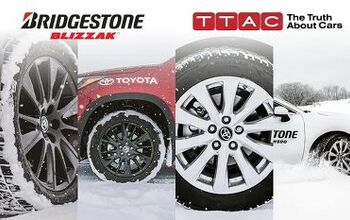
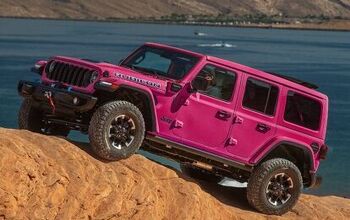
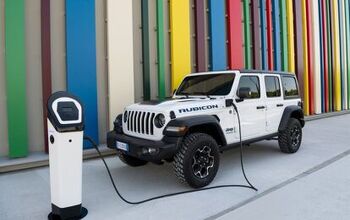
Comments
Join the conversation
It's interesting to see which other corporations hold 10% or 15% interests in the big brands. You may also have observed over the years, big brands buying out alternative fuel competitors, supposedly as exciting ways to get 'in' on new tech, and then slowly folding them. How about "experienced in energy" double agent executives gaining top positions at alternative energy powerhouses that subsequently suffer massive performance failures? It can be no coincidence these GM vehicles use the same amount of fuel as they did 40 years ago. It must be designed that way as part of a strategic business model that takes a lot of effort to make happen. Neither do I expect that a systematic fraud which conveys a competitive advantage in the market place is the fortuitous result of bumbling fools at the printing house. But then I say Lewis Hamilton could not have had - cracked brake pad, loose fuel line, 2 start mode glitches, 2 computer failures; while his team mate had none. The odds of that happening randomly are 0.1%. Call Mulder and Scully.
Is this a violation or error??? The article alludes to error, but I wonder. Was their a shortage of labels? If a shortage existed then it's odd how the EPA stickers displayed better FE. Fine them for being deceitful and so stupid, like VW.